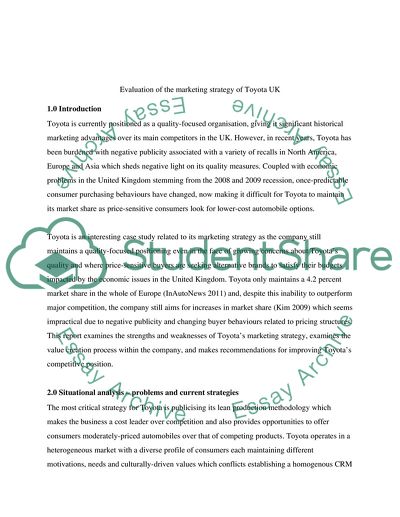Cite this document
(“Marketing Strategy Essay Example | Topics and Well Written Essays - 3000 words - 3”, n.d.)
Marketing Strategy Essay Example | Topics and Well Written Essays - 3000 words - 3. Retrieved from https://studentshare.org/marketing/1616526-marketing-strategy
Marketing Strategy Essay Example | Topics and Well Written Essays - 3000 words - 3. Retrieved from https://studentshare.org/marketing/1616526-marketing-strategy
(Marketing Strategy Essay Example | Topics and Well Written Essays - 3000 Words - 3)
Marketing Strategy Essay Example | Topics and Well Written Essays - 3000 Words - 3. https://studentshare.org/marketing/1616526-marketing-strategy.
Marketing Strategy Essay Example | Topics and Well Written Essays - 3000 Words - 3. https://studentshare.org/marketing/1616526-marketing-strategy.
“Marketing Strategy Essay Example | Topics and Well Written Essays - 3000 Words - 3”, n.d. https://studentshare.org/marketing/1616526-marketing-strategy.


